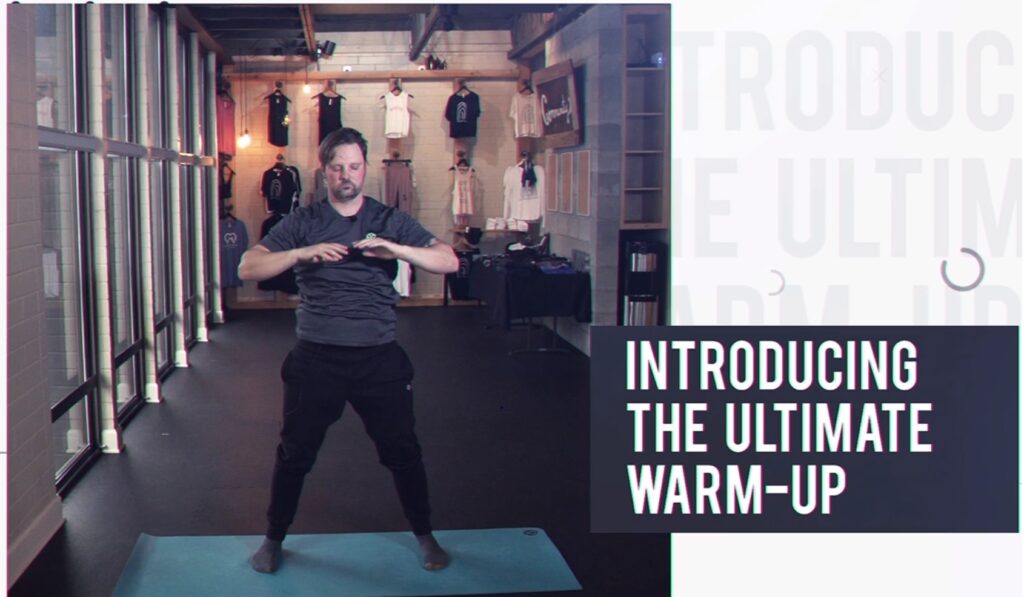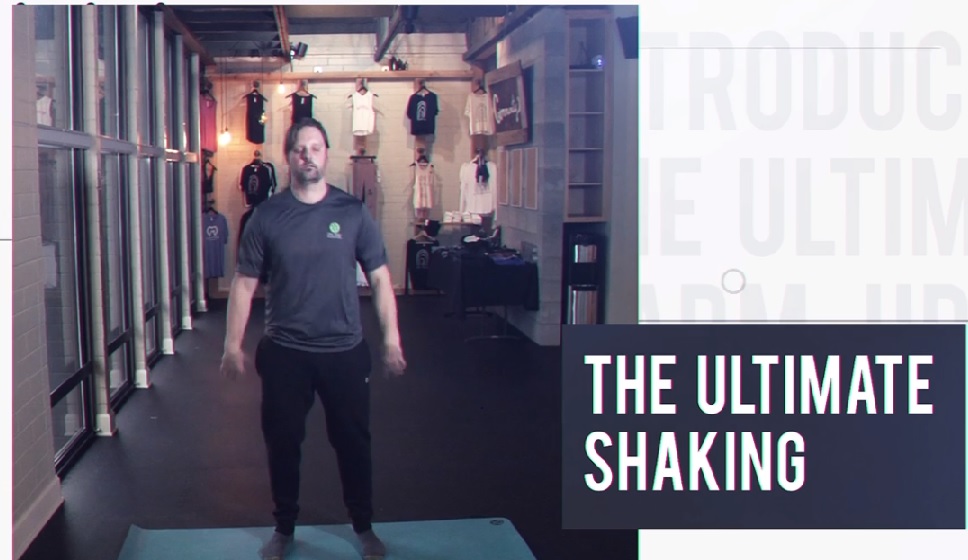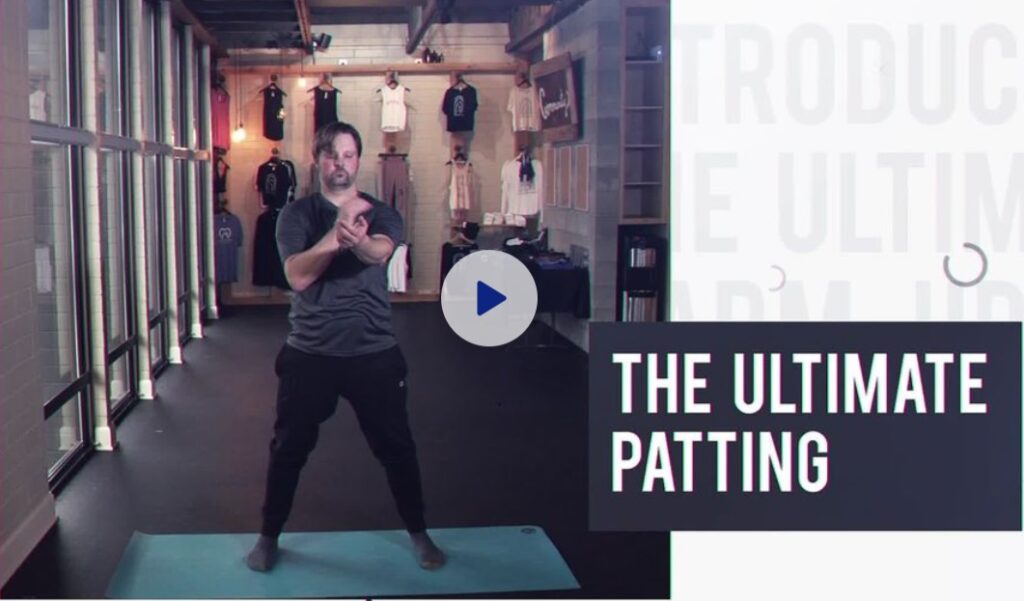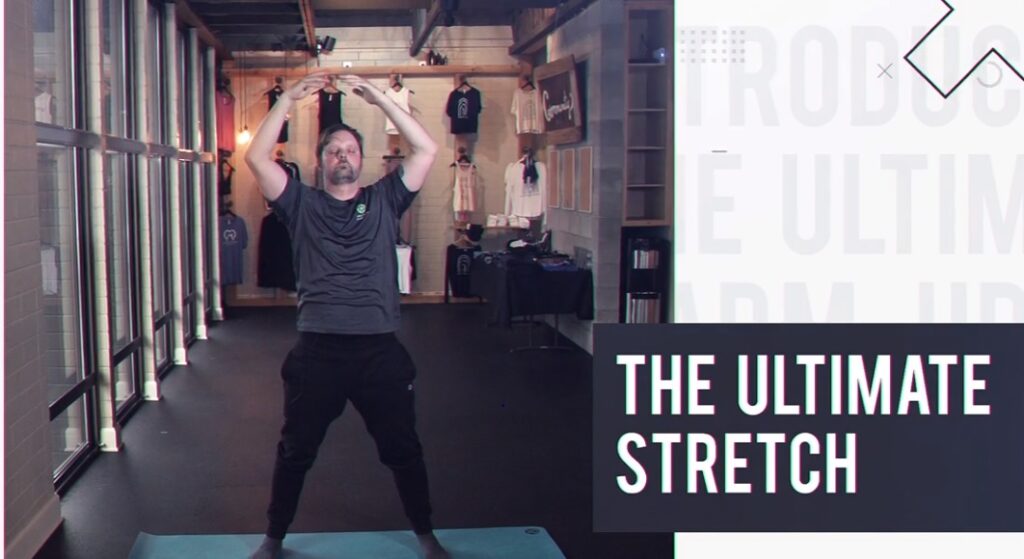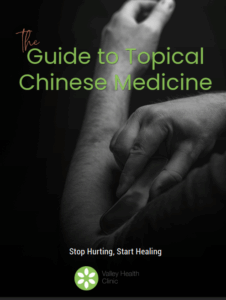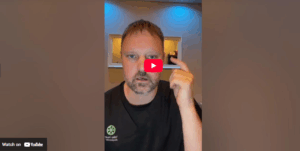Embarking on an exercise routine when dealing with chronic pain and fatigue requires a delicate, informed approach that prioritizes enhancing blood circulation without triggering the body’s stress responses. For individuals living with chronic pain, traditional exercise regimens might not only be ineffective but could exacerbate their discomfort by inadvertently over-activating stress mechanisms in the body. This unique challenge necessitates adopting exercise practices designed to improve circulation and promote healing while simultaneously avoiding the stimulation of stress responses that could further aggravate pain.
We will explore specialized exercise strategies for those experiencing chronic pain, providing guidance on engaging in physical activity that supports pain relief and improved wellbeing without inducing additional stress on their already burdened systems. Through understanding and implementing these tailored approaches, individuals with chronic pain can navigate exercise in a way that is not only safe but also beneficial in managing their pain and improving their quality of life.
Quick Links to the Sections Below
- Exercise with Chronic Illness
- Exercise Recovery: Sympathetic vs. Parasympathetic Involvement
- The Exercise Paradox
- How Exercise Works For An Athlete
- How Exercise Works with Chronic Pain and Fatigue
- Phases of Exercise
- The Final Phase: Recovery A Window
- Exercises That Help
- Free Video Series
- Read the Rest of the Series
Exercise with Chronic Illness
When we exercise with Chronic illness pain and fatigue, we need to be careful not to overdo the sympathetic nervous system’s stimulation. If we exercise too hard, too fast, we will begin to close off circulation to specific areas in our body.
Exercise Recovery: Sympathetic vs. Parasympathetic Involvement
The human body is intelligently balanced with a complex, built-in network for adapting to stress. This network is known as the autonomic nervous system. It is then divided into two unique subsystems: the sympathetic nervous system (SNS) and the parasympathetic nervous system (PNS).
The parasympathetic and sympathetic nervous systems both deal with metabolism, which is a biochemical process within the body that allows healing, growth, and adaptation. Metabolism builds up and breaks down resources within the body and are divided into catabolic and anabolic processes.
Sympathetic Nervous System:
The sympathetic nervous system (SNS) is catabolic, meaning it breaks down resources, usually creating energy that is easily accessible. It mobilizes these vital resources to help the body defend itself when it’s in danger. The SNS is responsible for turning on that “fight or flight” mode in threatening situations.
This system is more sensitive during workouts.
In addition to the physical stress they can experience regularly, emotional/mental stress can also play a role in becoming SNS-dominant.
The following can put an additional burden on someone‘s nervous system:
- Stress at home or at work.
- An upcoming event or season that requires increased training intensity and/or frequency.
- Nervousness or anxiety about an upcoming event or season.
- Acute or chronic psychological disturbances including depression or anxiety.
- Physical illness, either transient or chronic.
- Restricted caloric intake
In addition to the regular physical stress your body undergoes as part of living life, stressors like those above can tip the balance towards your SNS and strain the body’s natural process of maintaining homeostasis.
This is especially true if treatment methods, like the Ultimate Warm Up are not used to minimize sympathetic dominance and boost parasympathetic activity.
Parasympathetic Nervous System:
The parasympathetic nervous system (PNS) is anabolic, meaning it builds up resources within the body, requiring energy to perform, adapt, and recover. It also helps the body to rest, digest, and recover after workouts and strenuous activity. A well-balanced nervous system spends most of its time on parasympathetic activities. An active PNS helps muscle soreness and swelling subside more quickly.
Those who are chronically ill are vulnerable to becoming SNS-dominant because they experience increased physical stress regularly.
By spending more time on sympathetic activities–and less time on parasympathetic activities, their nervous system has a more challenging time helping their bodies recover.
The Exercise Paradox
From athletes who are functioning at their peak health to people who are coping with chronic illnesses, physical activity has always been a cornerstone of a healthy lifestyle.
However, when comparing these two very different extremes of lifestyle, there are very critical points that most people miss.
It starts with accepting this fact: moderate and intense exercise affects a healthy body and a sick body in very different ways.
It would help if you also recognized that:
- Too much exercise stimulates the sympathetic nervous system (fight of flight), and can harm circulation.
- Recovery is equally or even more important than the actual workout itself. There needs to be a balance in recovery—between exercises and after training—and the workout itself.
In this next section, we will go over how a workout can look very different from one person to another.
How Exercise Works For An Athlete
For an athlete or the averagely fit person, moderate to high-intensity workouts push the body up to and beyond its limits.
During the workout, muscle tissue breaks down, and your system enters a state of stress.
After breaking your body down, your healthy immune and nervous systems then kick into repair mode. This is when you begin to recover and build muscle.
Once you fully recover, you‘ll be stronger, faster, and/or more flexible than you were before. After that brief break, you can then start the cycle over again, increasing your performance ability each time.
How Exercise Works with Chronic Pain and Fatigue
Exercise for a chronically ill person doesn‘t work the same as it would for the person above. Learning how the body processes stress can help us understand why.
Externally, stress comes in different forms; physical, mental, or emotional. We can experience stress that lasts only moments or stress that lasts years.
But internally, our nervous system handles all of those stress types in the same way.
This fact makes it difficult for someone with a chronic illness to train hard: Stress from chronic inflammation and from a 10-mile run looks the same to our nervous system.
For example, rheumatoid arthritis, type 2 diabetes, and fibromyalgia seem to have dysfunctions in the autonomic nervous system. This leads to an increase in their sympathetic nervous system activity.
This higher sympathetic tone never allows the body to enter into the recovery phase fully. So, the chronically ill person can‘t heal from intense exercise fully. This makes moderate to high-intensity exercise dangerous to someone who is chronically ill.
Phases of Exercise
Learning the primary phases of exercise can be helpful when looking at it in a more in-depth way.
The First Phase: Metabolic Changes
When you‘re training, your body first goes through metabolic changes. Your muscles begin to use up oxygen through glycolysis (the processing of food into energy), which will then signal the release of adenosine and nitric oxide.
The peripheral blood vessels (surrounding your muscles) will then dilate, sending a signal to dilate upstream vessels. As the body works it will also release CO2 which increases acidity of the blood making it easier for hemoglobin to release oxygen back into the muscles.
The Second Phase: Nervous System Changes
After metabolic changes, your body will then go through autonomic changes. The peripheral dilation of blood vessels in the muscles causes a slight drop in blood pressure, stimulating the sympathetic nervous system to kick in.
This sympathetic nervous system causes an overall increase in blood vessel contraction, balancing out the drop in phase one. It does this by redistributing where the blood is in the body. It moves it away from organs that it considers not important at the moment to support our muscles.
Our muscles use so much blood (especially during a workout) that if we didn’t have this redistribution of blood, our muscles would pull so much from our other organs, we would pass out.There has to be balance in blood vessel constriction and dilation. If our body was a water balloon if you squeeze one side the other side will bulge. If you try to squeeze or pull on both sides at once the balloon will pop.
The redistribution of blood creates an increase in blood flow to certain parts of the skin and muscles. Moderate exercise will then slightly increase blood to the digestive system and kidneys. However, intense exercise decreases the blood flow to the digestive system, kidney, and bladder.
This is a good example why people with higher levels of anxiety tend to also have cold hands and feet and poor digestion. The elevated sympathetic nervous system moving blood out of those areas.
The Third Phase: Hormonal Changes
At the third and final stage of exercising, your body will begin to experience hormonal changes. These changes are slower acting and occur much later after exercise begins.
When we exercise to decrease pain and fatigue, we need to be careful not to overdo the sympathetic nervous system’s stimulation. If we exercise too hard, too fast, we will begin to close off circulation to specific areas in our body.
That is why recovery is a critical step both between exercises and after a workout. Using deep, slow exhalations, you can encourage your body to return to a state of parasympathetic stimulation. Nasal breathing retains vasodilation for gasses like co2 and NO, this helps balance out an overactive sympathetic nervous system vasoconstriction effects.
The Final Phase: Recovery A Window
While stressors like physical exertion can create an unhealthy state of sympathetic dominance, recovery and rest can be that window of opportunity the body needs to maximize benefits.
During this window, many of the processes that bring your body benefits remain highly active. And when combined with the diet rest and ultimate warm up, you can maximize that time, improving the body’s adaptation to training. Occurring anywhere from two to three hours after exercise (e.g., post-exercise hypotension), these responses can last up to 48 hours or more (e.g., altered blood lipids).
Research shows that a period of intense exercise increases insulin sensitivity, decreases blood lipid levels, and reduces blood pressure. This state makes the recovery period an ideal time for therapeutic acupuncture intervention.
During this period, athletes take advantage of this recovery period to improve training and athletic performance. This is done so by strategically consuming nutrients rich food at the appropriate time. Optimizing the intake of food, using exercise recovery is a large area of research related to human performance that may also translate to clinical populations and older adults
By using the Ultimate warm up techniques and focusing on making sure we have enough rest, recovery, and fluid intake, we can make sure that our body transitions into the PNS recovery mode and boosts healing.
What does this look like in the real world? Kung Fu masters in their 70‘s 80‘s and 90‘s can go from doing intense, dynamic Kung Fu forms to meditating or taking naps. In this way they bring balance back to their bodies
Exercises That Help
Initiating your workout with stress-reducing exercises is key. Techniques such as gentle shaking, patting, stretching, and breathing are phenomenal for combating stress. These movements enhance blood circulation and prepare your body, providing the ideal warm-up for individuals with chronic conditions.
Vibrational Exercises for Blood Flow
Vibrational exercises like shaking offer unique benefits. These motions induce shear stress in blood vessels, enhancing Nitric Oxide production which aids in dilating blood vessels, consequently improving blood flow. Besides, vibrational exercises can help release muscle tension and improve bone density, crucial for those with bone-affecting chronic illnesses.
Massage & Patting for Lymph Flow
Incorporating massage techniques, like patting and dry brushing, can significantly improve blood circulation. These techniques not only aid in blood flow but also stimulate the body’s proprioception, helping to alleviate tension caused by chronic stress.
Stretching for Connective Tissue
Stretching is not merely for tight muscles. Incorporate stretching to facilitate blood flow and inflammation reduction, create environments for waste elimination, and relieve tension. Engaging in stretching helps trigger anti-inflammatory responses, crucial for managing conditions like arthritis.
Breathing Techniques for Nervous System Regulation
Breathing consciously holds untold power. Techniques involving slow, deliberate breaths can lower stress, activate the parasympathetic nervous system, and enhance blood vessel dilation. Practicing controlled breathing patterns can also help simulate changes within the body beneficial for chronic illness management.
The Ultimate Warm Up
Embark on a transformative journey of mindful exercise tailored for individuals with chronic pain and fatigue. Dive into our free email video series, “The Ultimate Warm Up”, and unlock the secrets to stress-free warm-ups, revitalizing vibrational exercises, therapeutic massages, and mindful stretching techniques. Harness the soothing power of conscious breathing to facilitate a life of minimized pain, enhanced circulation, and elevated wellness. Prioritize consultation with healthcare professionals for a plan that aligns with your unique health needs, and engage in healing exercises that unveil the rejuvenating power of mindful movement today!
Read the Rest of the Series
About the Author
Willard Sheppy is a writer and healthcare practitioner who seamlessly melds scientific knowledge with practical applications in engaging and authoritative articles. He holds a Bachelor of Science in Environmental Science from Oregon State University and a Master’s in Acupuncture and Oriental Medicine from the distinguished Oregon College of Oriental Medicine.
In his work, Willard skillfully combines his extensive educational background in scientific research with his practical experience as a healthcare practitioner. Willard balances his life with martial arts and cherished family adventures. As a father of three, he often leads his family on camping and hiking trips along the breathtaking Oregon coast.
Connect with Willard on LinkedIn at linkedin.com/in/valleyhealthclinic or learn more about his services at valleyhealthclinic.com. Embark on this journey towards holistic health with Willard!

